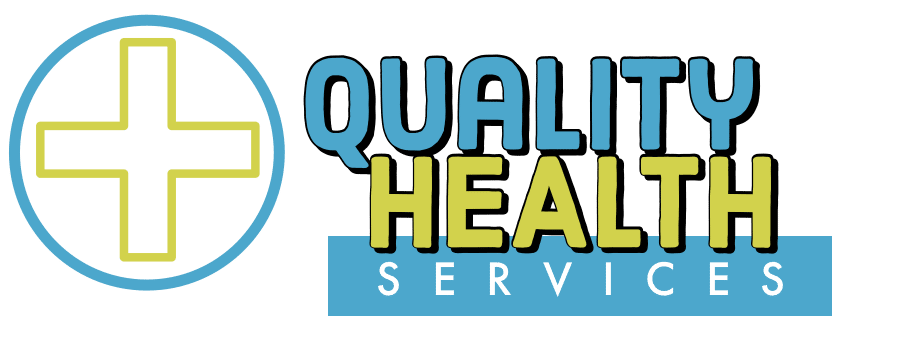Falls are a leading cause of injury among seniors, often resulting in severe consequences such as fractures, loss of independence, and even death. Identifying and mitigating fall risks is crucial in safeguarding the well-being of elderly individuals. Fall risk management care for seniors involves a comprehensive approach that addresses various potential hazards.
Below we’ve put together a list of six of the most common fall risks for seniors and effective strategies for managing these risks to prevent falls.
Fall Risk #1: Environmental Hazards
Common Risks:
- Cluttered walkways
- Loose rugs
- Poor lighting
- Unstable furniture
Management Strategies:
- Decluttering and Organizing: Keeping pathways clear of obstacles and ensuring that commonly used items are within easy reach can significantly reduce the risk of tripping.
- Securing Rugs and Cables: Using non-slip mats under rugs and securing electrical cords can prevent slips.
- Improving Lighting: Adequate lighting, particularly in hallways and staircases, helps seniors see potential hazards more clearly.
- Sturdy Furniture: Ensuring that furniture is stable and placed in a way that supports safe movement can prevent falls.
2. Medication Side Effects
Common Risks:
- Dizziness
- Drowsiness
- Low blood pressure
- Impaired balance
Management Strategies:
- Medication Review: Regularly reviewing medications with a healthcare provider can help identify those that may increase fall risk.
- Adjusting Dosages: Modifying the dosage or timing of medications can reduce side effects contributing to falls.
- Alternative Medications: Switching to medications with fewer side effects may be a safer option for some seniors.
3. Muscle Weakness and Balance Issues
Common Risks:
- Reduced muscle strength
- Poor balance
- Gait abnormalities
Management Strategies:
- Exercise Programs: Regular strength and balance exercises, such as tai chi or yoga, can improve muscle function and stability.
- Physical Therapy: A physical therapist can design a personalized exercise regimen to enhance strength and balance.
- Assistive Devices: Using canes, walkers, or other mobility aids can provide additional support and prevent falls.
4. Vision Impairments
Common Risks:
- Poor depth perception
- Difficulty seeing obstacles
- Glare sensitivity
Management Strategies:
- Regular Eye Exams: Ensuring seniors have regular eye exams and updated glasses or contact lens prescriptions is essential.
- Proper Lighting: Using non-glare lighting and high-contrast colors in the home can help seniors see better and navigate safely.
- Vision Aids: Magnifying glasses and other vision aids can assist with daily tasks and reduce fall risk.
5. Chronic Health Conditions
Common Risks:
- Arthritis
- Parkinson’s disease
- Diabetes
- Cardiovascular issues
Management Strategies:
- Comprehensive Health Management: Managing chronic conditions with appropriate medical care, medication, and lifestyle adjustments can minimize their impact on balance and mobility.
- Education and Training: Educating seniors about their conditions and how to manage symptoms can empower them to take preventative actions.
- Adaptive Equipment: Using equipment designed to assist with mobility and daily activities can help seniors maintain independence and reduce fall risk.
6. Cognitive Impairments
Common Risks:
- Memory loss
- Confusion
- Poor judgment
Management Strategies:
- Structured Routines: Establishing consistent daily routines can help seniors with cognitive impairments navigate their environment safely.
- Environmental Modifications: Simplifying the home environment and using clear, easy-to-understand signs can reduce confusion and the likelihood of falls.
- Supervision and Support: Ensuring that seniors have adequate supervision and support, particularly if they have significant cognitive impairments, can prevent dangerous situations.

The Bottom Line…
By understanding and mitigating these common fall risks, family caregivers and fall risk management providers can significantly reduce the likelihood of falls and improve the overall safety and quality of life for elderly individuals.
Implementing these strategies requires a coordinated effort of your loved one, their caregiver, and the fall risk management team, but the benefits of reduced injury risk and enhanced independence for seniors make it a worthwhile endeavor.
If you or an aging loved one are considering Fall Risk Management Services in Clearfield PA please get in touch with the caring staff at Quality Health Services.
Call today! Northern Counties: (814) 251-9044
Blair, Cambria, & Centre Counties: (582) 220-2127
Quality Health Services is a trusted non-medical senior care provider in Dubois, Punxsutawney, Bellefonte, Jefferson, Brockway, Brookville, Clearfield, St Marys, Emporium, Philipsburg, Blair County, Cambria County, and Centre County, PA areas.
- Facts About Alzheimer’s - August 21, 2024
- Helping Seniors Maintain Dignity As They Age In Place - August 7, 2024
- How Fall Risk Management Can Limit Seniors From Falls - July 18, 2024



